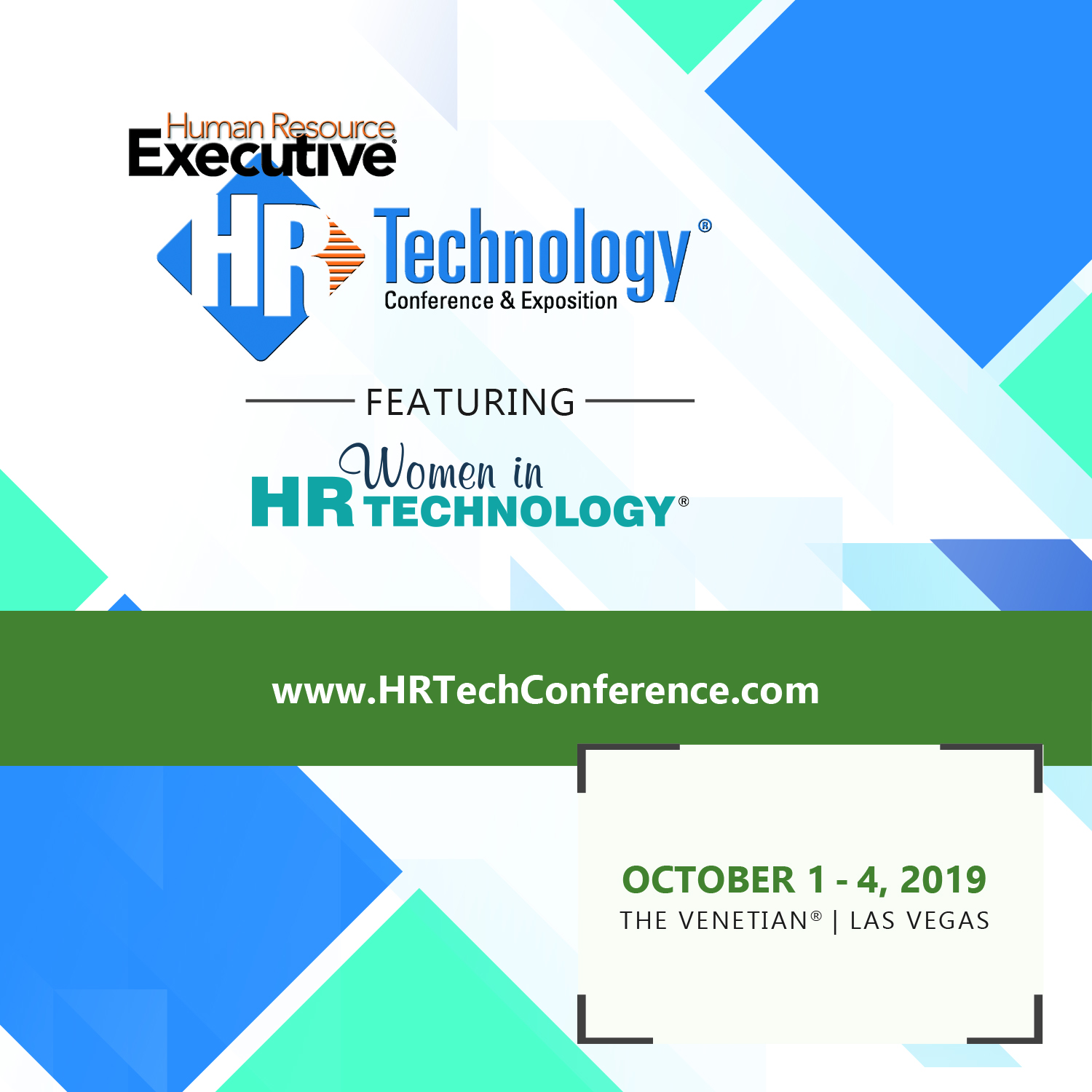You know what a pretty cool job is? Relief pitcher in the Major Leagues. Sure you need a good arm, but after that, pretty much anything goes - see the former great Rich Garces. 
Another really good job is 'Management Consultant'. About the same physical fitness requirements as relief pitching, but definitely a great gig if you have the background and the smarts. Now I know you can't chuck it 95 MPH but maybe you could cut it as a consultant - try this little case study out and see if you can come up with the resolution.
The client is a small, but steadily growing precision manufacturer of specialty components for the computer storage industry. They are privately held, profitable, and have about 175 employees (a number that has grown from about 100 in the last 18 months), and have one central location for all manufacturing, operations, customer support, and administration.
The CEO of the client company was having trouble understanding why after several years of success and incremental growth, recently the organization's results in some key metrics were slipping. Shipments to customers were more frequently late, error rates in the production department were up, and internal complaints and rumblings about lack of communication and misunderstanding were on the increase. The company had not made any significant changes in leadership, product and service mix, or basic corporate strategy. There had been some increased hiring to try and meet the growing customer demand, but internal discussions with line managers and HR seemed to indicate the vast majority of new hires were adjusting well and fitting in. In fact, the recent spell of success and growth had spurred the company to build an addition to the main facility, increasing production and shipping space by 50%, and improving employee cafe and break room areas.
The CEO was at a real loss to explain why, after their solid history of success, the assembly of a experienced leadership and management team, and careful and seemingly well executed growth strategy that results were slipping. He called in some help, in the form of an experienced and well-regarded management consultant to lend a fresh set of eyes and ears to the situation and to try and get to the bottom of the issues. Surely there was some kind of flaw in the operational strategy, perhaps the sales and marketing plans needed revision, or the supply chain management team needed to press suppliers for better performance or contract terms. Surely it had to be some complex, sophisticated, and 'need an Ivy-league MBA' brain kind of problem that needed to be discovered.
Interviews with line managers, production workers, finance, and others uncovered a set of mixed signals. Sure there have always been odd issues of communication between production and shipping, or engineering and sales, but it did seem to most everyone that the instances of miscommunication and incorrect information were starting to increase. For a small company, that prided themselves on a 'family' environment, where many of the employees had been with the firm since its inception, this was troubling, but no one could really identify the root causes. Sure, the company was growing, but the new employees were not considered the problem, and the expanded and upgraded facilities should be making the entire production process more efficient and easier.
Careful analysis of the transcribed interviews compared to the statistics for shipments, defects, and complaints suggested that the problem started to present about 6 months ago, just about the time the plant expansion was completed. But the expanded facility was seen as a great step forward, in particular everyone from shipping and engineering raved about the new space, with its modern design, improved lighting, and the new and well-stocked coffee and break room area that was much closer to their offices than the 'main' coffee and break room near the front of the facility. The consultant had much to ponder in preparation for the follow-up meeting with the CEO.
So did you get the answer?
Once the facility expanded, and the second coffee and break room was set up, it effectively reduced informal and spontaneous communication in the company by almost 40%. The increase in missed shipments, errors, and customer complaints could all be traced back to the installation of the second coffee room.
The consultant recommended they remove the second coffee room, observe informal communication return to its normal levels, and watch the metrics improve. In the real company this case is based on, that is exactly what they did and that is exactly what happened.
Sure, every employee wants coffee and pop close to their office, but it just might make sense to make them walk for a bit to get their caffeine fix. It definitely would have helped Rich Garces.

 Steve
Steve

